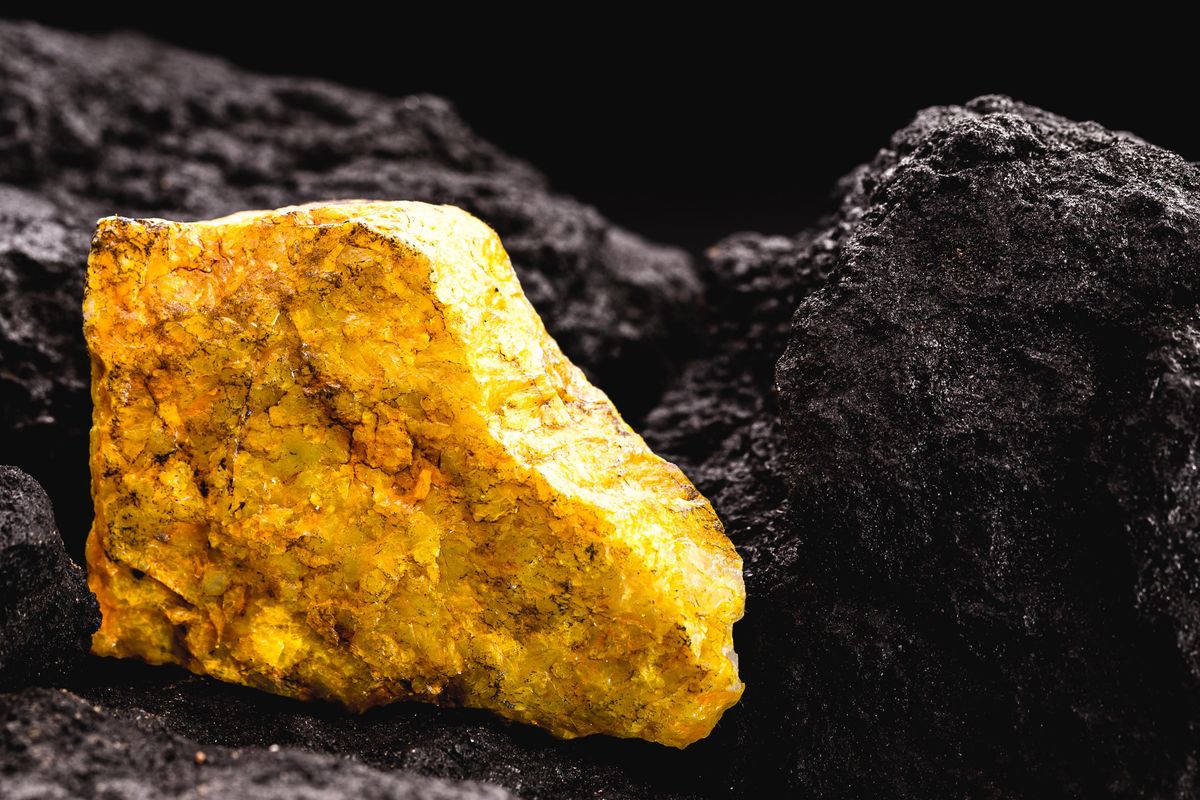Uranium Mining in Australia
Australia is the fourth largest uranium producer globally, and is home to more than one-quarter of the world’s known uranium resources.

Australia has the largest known economic demonstrated resources of uranium globally, containing around 28 percent of the world’s recoverable resource supply.
The country’s most significant uranium resources are in South Australia, the Northern Territory, Western Australia and Queensland.
South Australia and the Northern Territory permit uranium exploration and mining, while in 2017, the Western Australian government halted new approvals for uranium-mining operations. In late 2012, Queensland overturned a 23-year ban on uranium mining; however, the ban was reinstated in 2015. By the Nuclear Activities (Prohibitions) Act 1983, Victoria also banned uranium exploration.
Australia’s average annual export volume over the last decade was around 6,048 tonnes, but dropped in 2021 to 4,258 tonnes due to the close of the Ranger mine in the Northern Territory by Energy Resources of Australia (ASX:ERA,OTC Pink:EGRAF). However, production climbed back up to around 5,500 tonnes. Due to the expected opening of Boss Engery’s (ASX:BOE) Honeymoon mine in South Australia, numbers are going up again: from 5,560 tonnes over 2022-2023 to around 6,000 tonnes in the 2023-2024 year. From 2022 to 2023, Australia exported around 5,500 tonnes of uranium, bringing a value of about AU$780 million to the economy.
As of May 2023, uranium mining in Australia was occurring at three producing mines: mining giant BHP’s (ASX:BHP,NYSE:BHP,LSE:BLT) Olympic Dam mine, the largest-known uranium deposit in the world; the Four Mile mine, owned by Quasar Resources; and the Ranger mine, owned by Energy Resources of Australia, which is owned by Rio Tinto (ASX:RIO). Both the Olympic Dam and Four Mile uranium mines are located in South Australia. The Ranger mine is near Jabiru in the Northern Territory.
Who are the major uranium exporters in Australia?
Uranium mining and treatment in Australia began in the 1950s, spurred by the development of nuclear weapons. However, it was mainly used for generating electricity. Australia does not have, and has never had, nuclear weapons in its arsenal.
Australia’s federal government is opposed to nuclear energy and does not want to become a nuclear weapons state. Since Australia doesn’t have a nuclear power program of its own, and has only one nuclear power plant, the country exports all of the uranium it produces.
As a member of the Treaty on the Non-Proliferation of Nuclear Weapons (NPT), Australia only sells uranium to fellow NPT member nations, and has safeguards in place to ensure that the energy it exports to these nations is used only for power generation.
The majority of Australia’s uranium exports are used for electrical power utilities in the US, France and China.
In fact, uranium accounts for 17 percent of Australia’s energy exports, according to the World Nuclear Association. While Australia’s number of active uranium mines has diminished, there are still prospects for new exploration efforts.
Vimy Resources' (ASX:VMY) Mulga Rock project in Western Australia, for example, has passed the milestone for substantial commencement, with the company aiming for production in 2025.
Canadian company Cameco (TSX:CCO,NYSE:CCJ) requested an extension from the Western Australia government for its proposed uranium mine in Yeelirrie. However, in 2022, the extension was not approved.
Even as production moved back up to around 6,000 tonnes per year, uranium prices are also rising and may continue to do so. If this trend continues, uranium exploration prospects may grow in the country. Export earnings of the chemical element are expected to grow to AU$900 million in 2024-2025, according to the Department of Industry, Science, Energy and Resources.
The US, which produces about 30 percent of the world’s nuclear energy, is the final destination for more than half of Australia’s uranium exports. The East Asian markets are expected to grow in significance as export markets for Australia’s uranium industry due to rising energy demand.
This is an updated version of an article first published by the Investing News Network in 2013.
Don’t forget to follow us @INN_Australia for real-time updates!
Securities Disclosure: I, Matthew Flood, hold no direct investment interest in any company mentioned in this article.






